
Blog
True love for great sound unites us.
Blog
True love for great sound unites us.
There’s nothing like a powerful drum sound to bring energy to a song, but the process of recording acoustic drums can be daunting. If you’re on a budget and only have a couple microphones and a portable audio interface, it can seem out of reach.
But in this blog, we'll show you how to get an incredible drum sound with only 1, 2, 3 or even 4 microphones.
If you prefer to watch and listen, check out the video below!
The first microphone setup includes one small diaphragm condenser—the LCT 040 MATCH—placed about 30cm above the drummer’s right shoulder and pointed at the right edge of the snare drum.
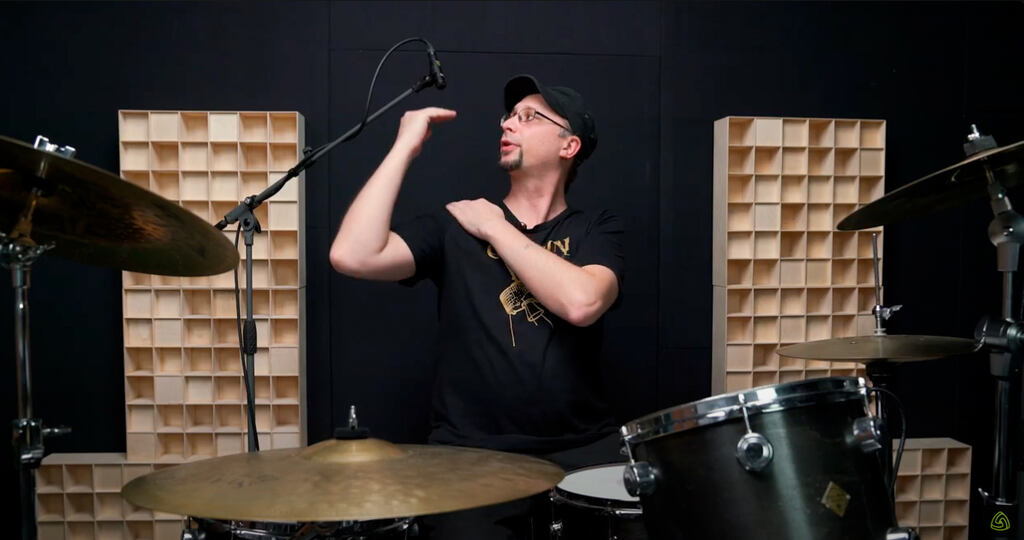
The idea is to capture a good balance of all the shells—the high tom, the low tom, the kick and the snare. It’s also important to pay attention to how hard you are hitting your cymbals when recording with only one microphone since they can quickly overwhelm the sound when hit too hard.
Here is an example of what this setup sounds like.
You can certainly get a great sound with only one microphone, but if you have an extra input, I recommend adding a kick drum microphone like the DTP 340 REX. It adds extra detail and low-end power to your kick, which is a crucial element in most modern productions.
One of the microphone positions that always seems to work is placing it just inside the port hole pointed straight inwards.
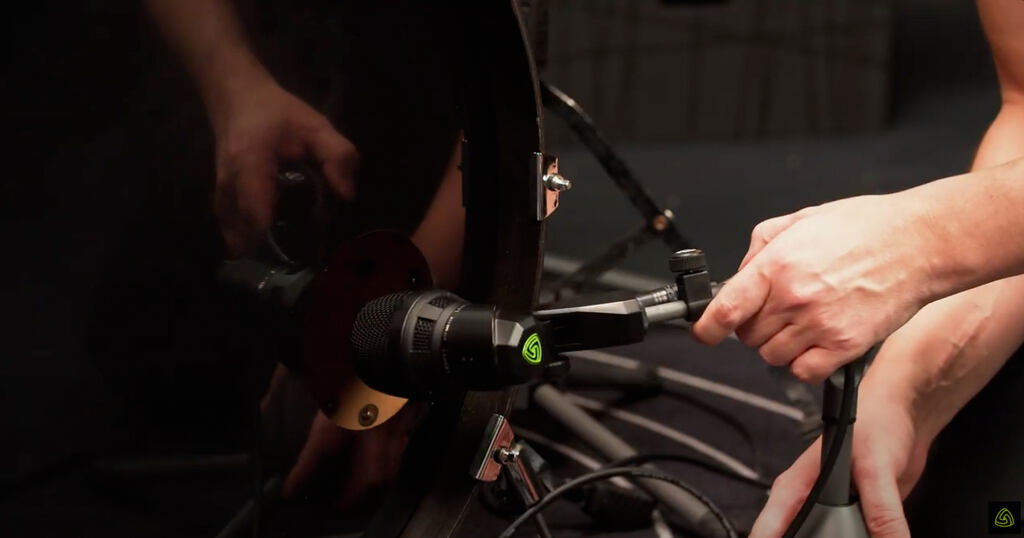
Here is an example of what this setup sounds like.
For a 3-microphone setup, add a close mic on the snare drum. Dynamic microphones like the MTP 440 DM are perfect for adding extra punch and liveliness to your snare drum.
The placement is fairly straightforward. Keep the mic placed about two fingers above the rim of the snare. If you want more body, angle it toward the center of the drum and if you want more crack, aim is closer to the edge of the drum.
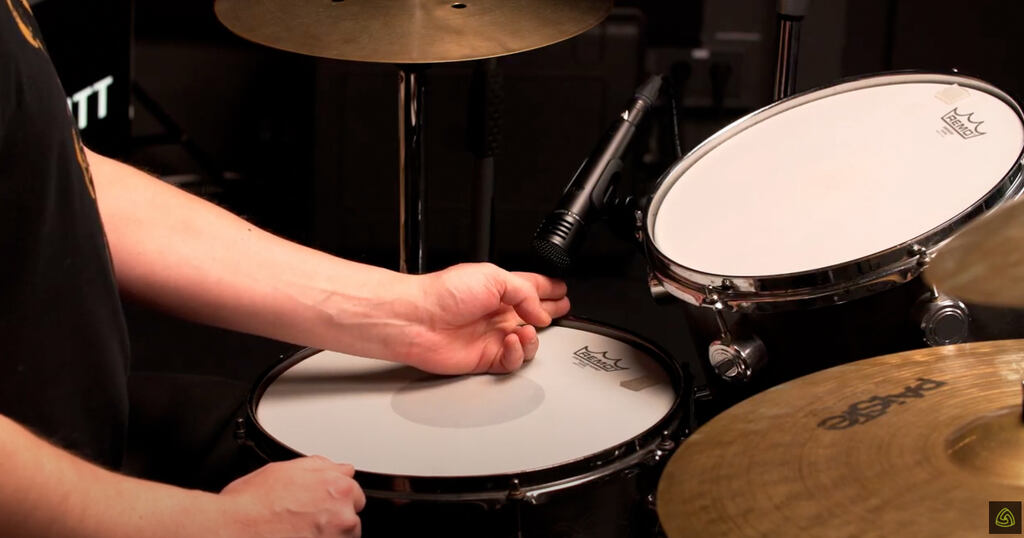
Another thing you want to pay close attention to when miking a snare drum is the hi-hat bleed. To minimize hi-hat in your snare mic, use the cardioid pattern’s rear rejection to your advantage by placing it angled away from the hi-hat as much as possible.
Here's an example of what this setup sounds like.
All of the techniques described so far are tried and true methods for getting a great, balanced drum sound, but they have all been in mono. So, let’s add some width into the mix by adding a 4th microphone to the setup. We’ll be using the LCT 040 MATCH stereo pair for the overheads and use the Recorder Man technique.
The placement for the Recorder Man technique is fairly simple. Just place the first overhead microphone directly above the center of the snare, a little bit more than a meter up, and place the second overhead microphone over the shoulder of the drummer. Both mics should be the same distance from the center of the snare drum.
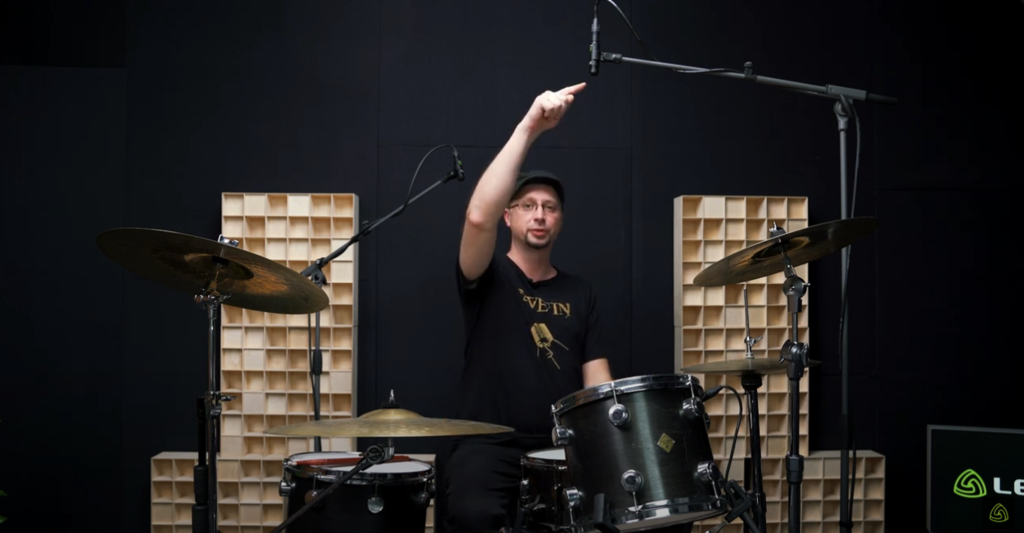
To get the exact placement of the second microphone, clamp one end of the cable with the kick drum beater and measure to the capsule of the first microphone. Then pin the middle of the cable to the center of the snare and pivot it over to the shoulder mic position and you get the distance for the second microphone. This ensures the sound of the kick and snare will arrive at both microphones at the same time, so you avoid any phase issues.
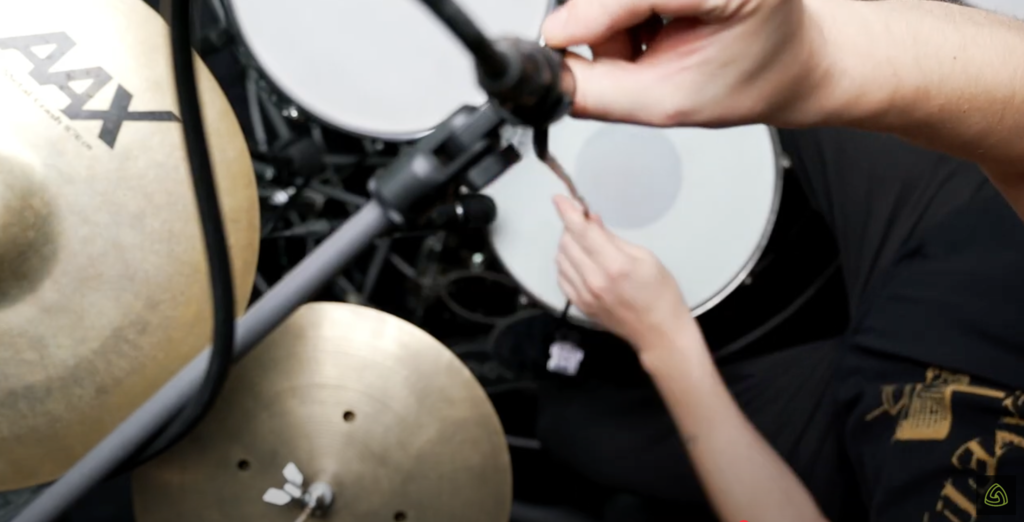
Here's an example of what this setup sounds like.
With just a single microphone and a bit of EQ, you can absolutely get a great drum sound. When you increase that to 4 microphones, you can start to achieve a bit more control, definition and stereo width.
But regardless of whether you have 4,3, 2 or only 1 microphone, you should never let that stop you from making great music.